iPhone 13 camera before iPhone 14 launch: Apple and Android keep failing to make real camera phones
This article may contain personal views and opinion from the author.

Photography, as your parents or grandparents used to know it, is a dying breed.
This little experiment will try to show off the pros and cons of modern computational photography-enabled phone cameras, and the phone I’ve chosen is Apple's iPhone 13 - one of the most popular phones in the past ten months.
Instagram’s effect (filters) on smartphone cameras today is seriously underestimated

As it turns out, I joined Instagram in October 2013. My first few photos were right in line with the trendy filters at the time. They made my days look sunnier, and my crêpes… also sunnier?!
Before I show you a bunch of “before and after” sample photos, let me establish something: I’m well aware that people like photos that are ready to be shared online. And while I might not be one of them, I think I might know what happened here…
For instance, Instagram was the reason Apple felt the need to include a Square Photo mode in the iPhone 5S (2013), which was part of the iPhone's camera for nearly a decade. However, even more importantly, this was around the time when iPhone and Android started adding photo filters to their stock camera apps. Because the Instagram fever made it clear that people liked filters.
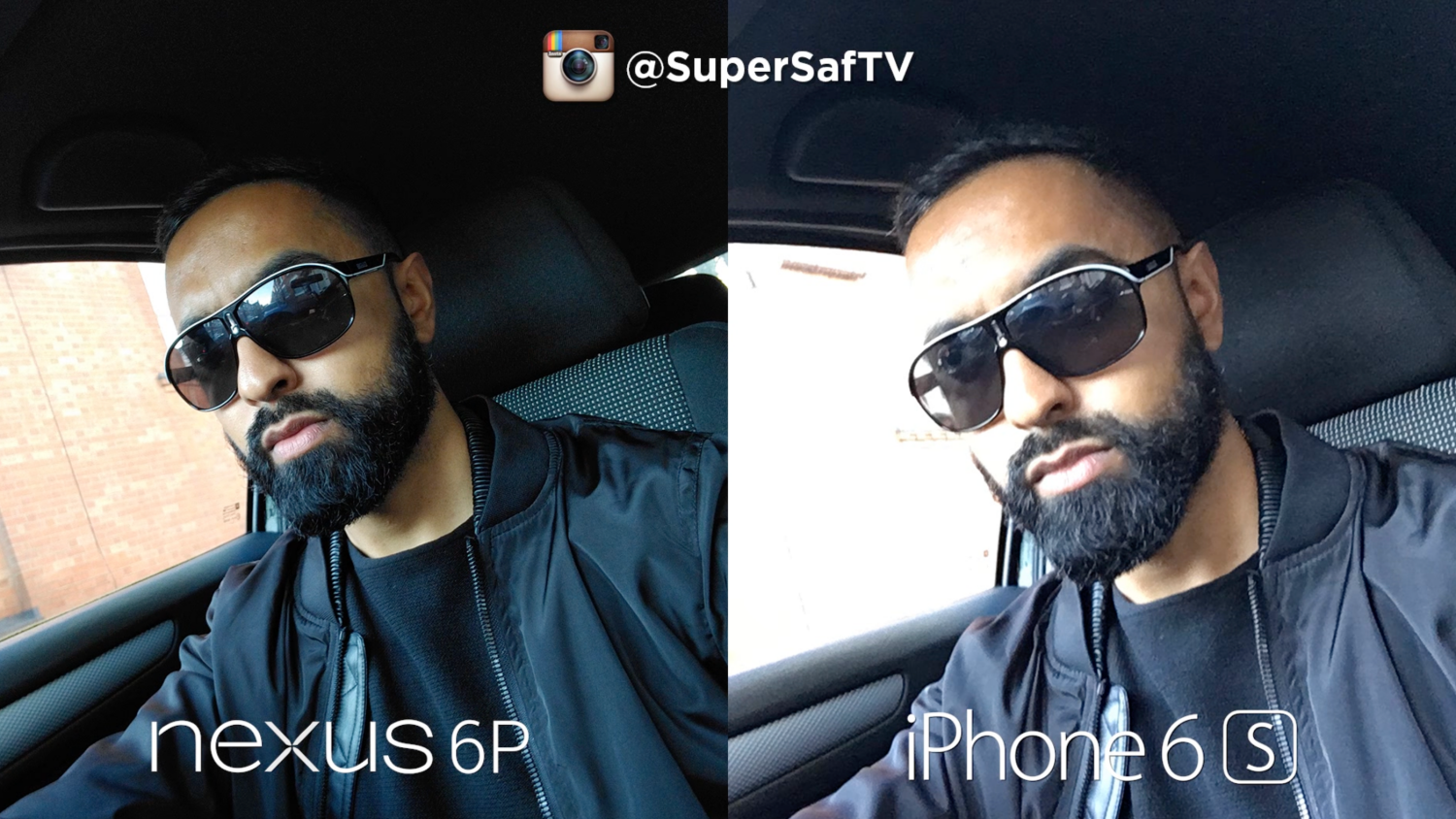
HDR+ in action. Photo courtesy of SuperSaf.
And then… we entered the era of what I call “filters on steroids” or ”hardcore computational photography”, or "sophisticated filters", if you'd like. The phone that represents the adoption of “ hardcore computational photography” in my mind is Google’s Nexus 6P. In this phone, (most of the) computational photography came in the form of something called HDR+.
Technically, the Nexus 6P’s HDR+ algorithm was available on the Motorola Nexus 6 too, but it was the Nexus 6P that really helped establish Nexus as one of the best smartphones for taking photos.
What HDR+ did was “advanced image stacking”. HDR+ was part of the post-processing stage of taking a photo with the Nexus 6P/Nexus 5X and its role was to balance out the highlights and shadows in high-contrast scenes - one of the biggest challenges for phones back in 2014-2015 (alongside the sheer inability to produce usable night photos).
Light, highlights and shadows: What photography really should be about
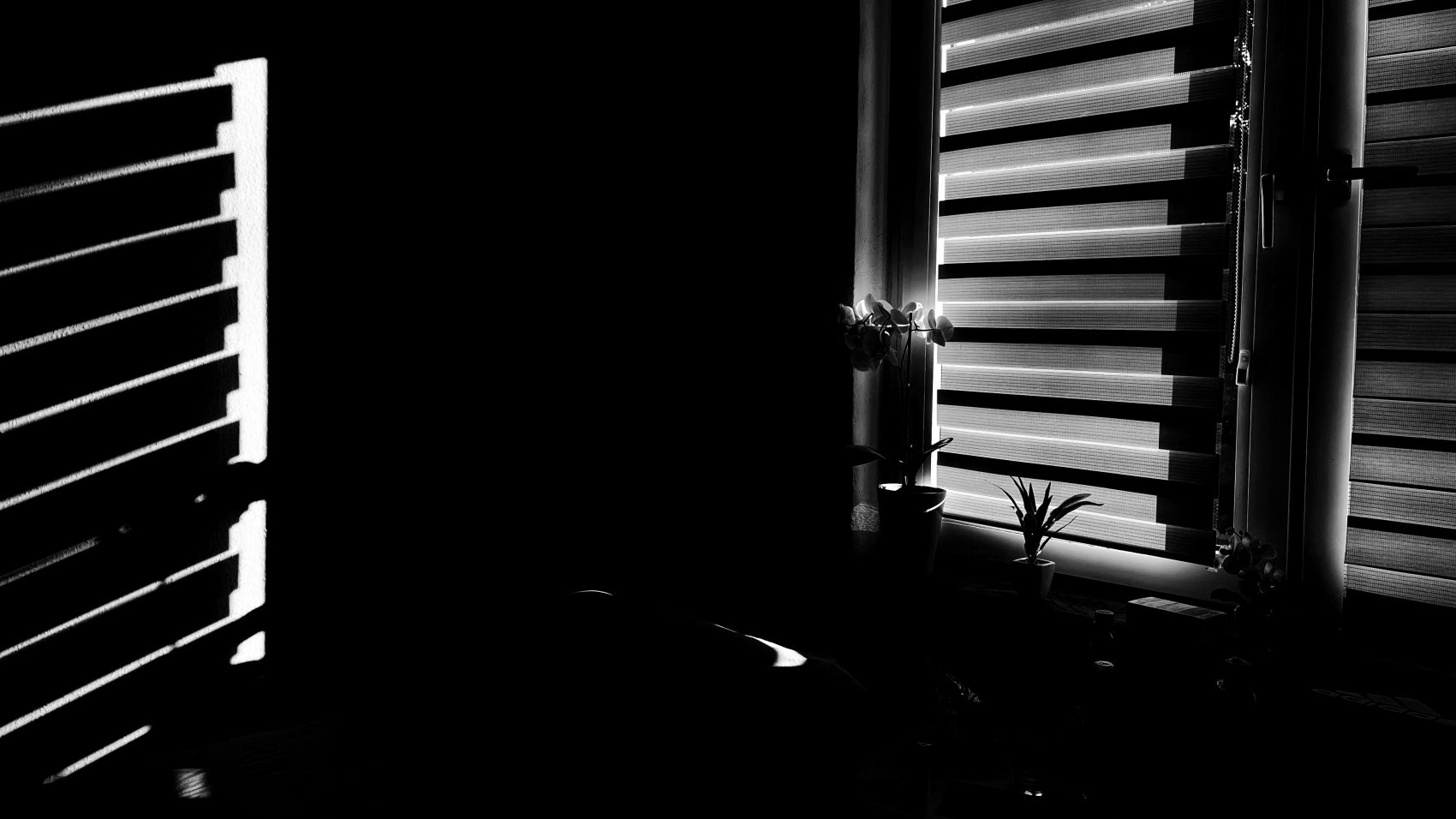
Taken on iPhone 13 and edited with a monochrome filter and adjusted highlights/shadows.
It wasn’t until about a year ago when I watched a brilliant 24-minute long video by David Imel that managed to help me verbalize what I was feeling about the time when the Nexus 6P and original Google Pixel’s cameras ruled the phone camera industry.
To sum up 24 minutes of storytelling, David is drawing a parallel between modern computational photography and classical art, all in an attempt to explain the importance of light for both photography and paintings.
What he's trying to explain is that in the early days of photography, the artistic control/element (in photos) was completely founded “on the intensity of the highlights and the deepness of the shadows” - like in paintings. Those are used to emote feelings and create depth through tonality in our photos. This is especially evident in monochrome photography where light, shadows, and highlights are pretty much the only elements that create nuance and perspective.
Apple, Samsung and Google have abandoned the original idea of HDR. There’s no High Dynamic Range in my photos, because there’s not much range between the highlights and shadows, and overall brightness and exposure.
iPhone 13, Galaxy S22, Pixel 6 take photos that don’t represent reality and aren’t always more appealing than what the real scene looks like
What we see here are a bunch of photos I’ve taken with the iPhone 13 in full auto mode. It’s important to note that I didn’t start taking photos in order to make my point, but the photos the iPhone 13 gave me became the reason to write this story...
Anyway, iPhone 13 photos taken in Auto Mode are on the left, and the same iPhone 13 photos, which I’ve edited are on the right. I've adjusted them not to my liking, but to the authenticity of the scene at the time (and to the best of my ability).
If you’re curious, what helped me most in my attempt to get the iPhone 13’s photos to look more realistic to the scene, it was dragging the Brightness and Exposure sliders way back. Which means photos taken with modern phones are too bright. Then, some Brilliance and Highlight and Shadow adjustments helped me to get an even more accurate result.
iPhone 13, Galaxy S22 and Pixel 6 showcase the problems of modern HDR and computational photography

The iPhone 13's videos are also way too bright. The default video screenshot is on the left, and the edited video screenshot is on the right - that's what I was seeing when I took the video.
The results tell me that computational photography on phones today is quite literally a hit or a miss.
As Ramesh Raskar of the MIT photo lab explains, there are three elements to (modern) photography: Capture, Process, and Display.
Apple, Samsung, Google & Co have made some staggering progress in all three areas thanks to large camera sensors (capture), fast processors, including dedicated image processors (process), and super-bright and color-accurate screens that let you view your photos (display). However, I’d argue that, as it often happens, we don’t know when to stop… As things stand, most phone makers are abusing the incredible software and hardware power that the modern phone camera offers.
Photos and even videos taken with iPhone 13 and other modern phones often appear too bright, too oversharpened, too flat, and eventually “lifeless”. Sure, they might be able to capture both the highlights and shadows incredibly well and even turn night into day thanks to Night Mode, but without the element of balance and natural contrast, photos taken with most phones won’t emote any feelings...
But hey! They look fine on Instagram.
In the end: There’s light at the end of the tunnel of computational photography thanks to Sony and Xiaomi
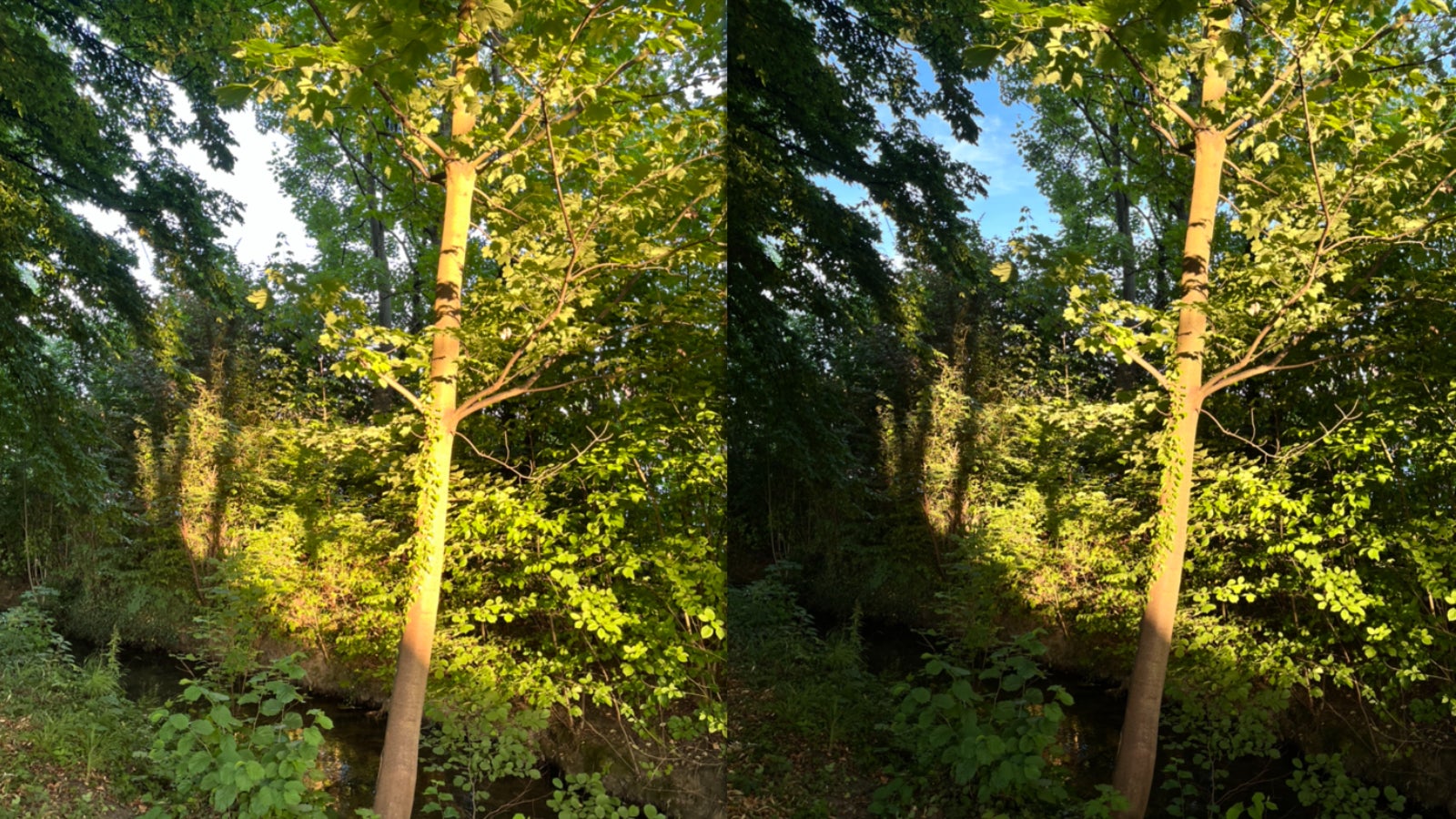
On the left is the iPhone 13's interpretation of the scene, and on the right is what I was seeing with my own eyes - clearly defined highlights and shadows! I had to drag the exposure slider way down before snapping the photo on the right, which is what you can do in certain high-contrast scenes.
To end on a positive note, there’s light (pun intended) at the end of the tunnel!
And then, of course, we have the Xiaomi 12S Ultra, which uses a full 1-inch sensor and Leica’s magic to deliver some of the best photos I've ever seen come out of a phone camera (if not the very best). Xiaomi and Leica chose to let the shadows be shadows, avoid oversharpening, and rely on groundbreaking hardware, which (shocker!) results in photos with incredible depth, and natural detail.
The Xiaomi 12S Ultra is the Nexus 6P of the 2022.
So, I call for Apple, Samsung, and even Google to go back and look at the original Pixel; go back and look at the iPhone 4S (as unimpressive as its camera might seem today), and bring back the realism in our photos. I’m sure that with the increasing power of hardware and software, a touch of authenticity can go a long way!
And you know - for those who want bright and saturated photos… Give them filters!
Follow us on Google News





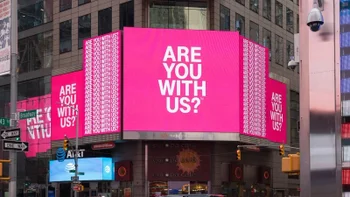

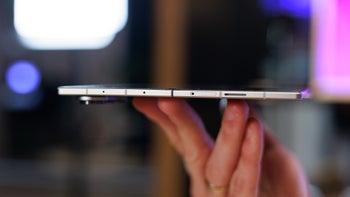





Things that are NOT allowed:
To help keep our community safe and free from spam, we apply temporary limits to newly created accounts: